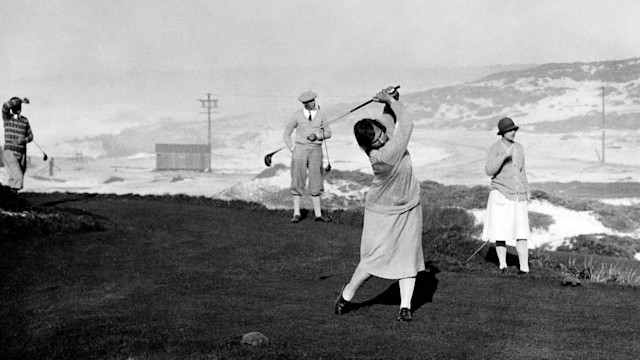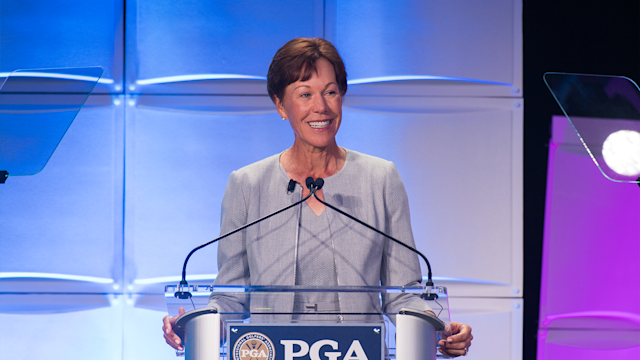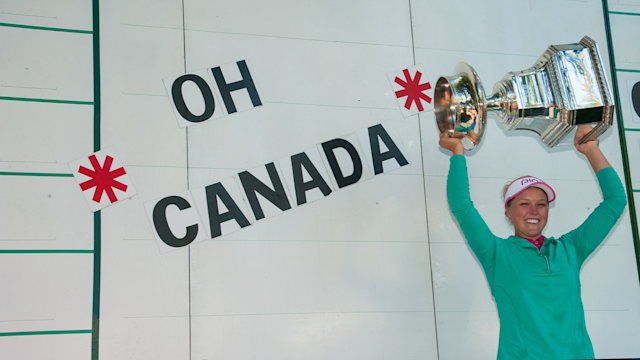Game Changers
Donald Ross, Sandy Soils and Salem Country Club: Dottie Pepper Talks Golf Course Design
By Brendon Elliott, PGA
Published on
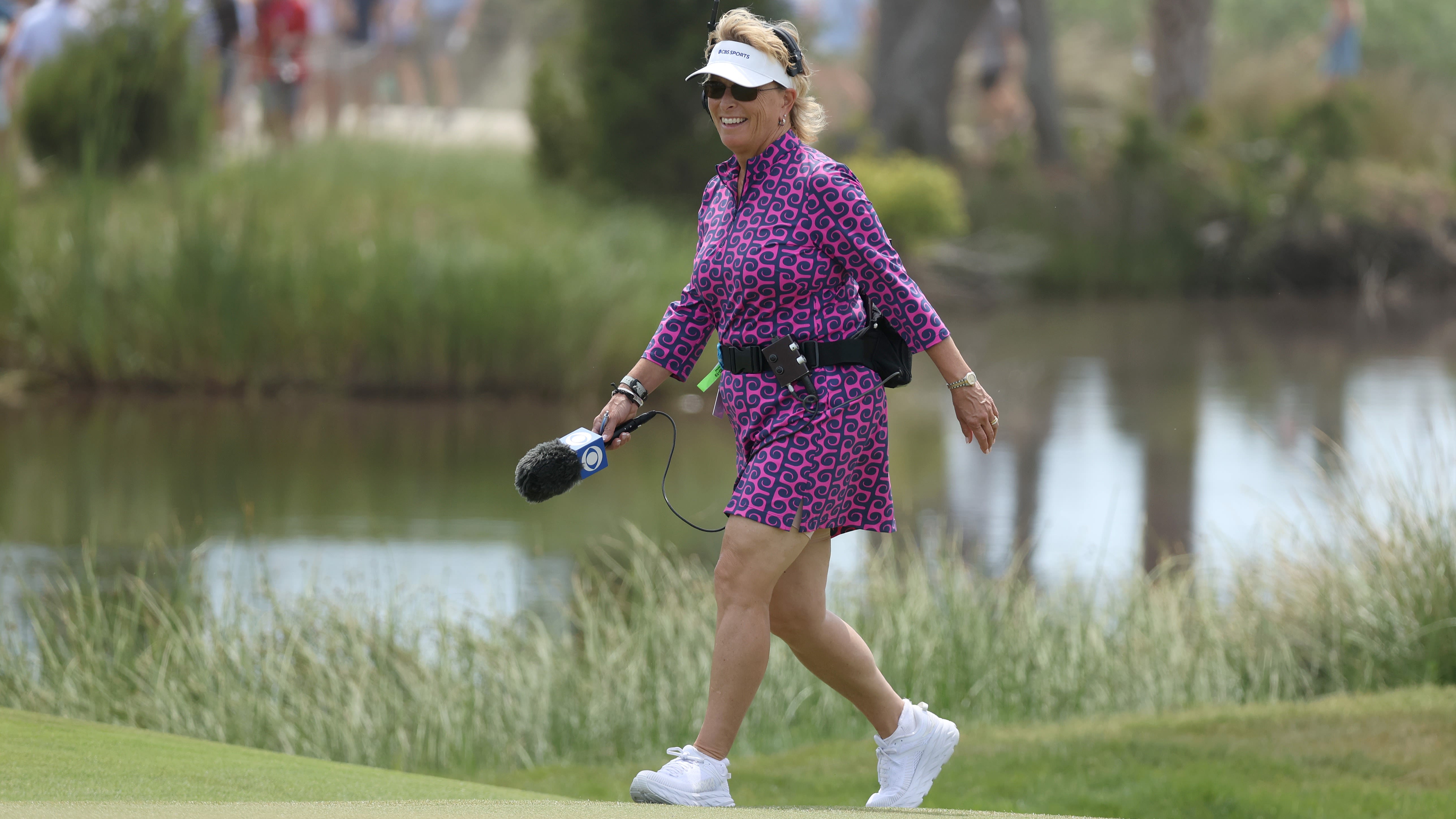
Dottie Pepper is a two-time major champion who's now a CBS Sports on-course reporter, and golf course design aficionado. (Gregory Shamus/Getty Images)
Without question, one of the game's most notable personalities is 17-time LPGA Tour winner Dottie Pepper.
The two-time major champion retired from competitive play in 2004, and the following year, began her journey to becoming one of the most prominent and recognized voices in golf broadcasting.
Pepper, a native of Saratoga Springs, New York, has a uniquely profound respect of golf’s history. That includes admiration for those who work in the bevy of capacities within the industry, helping the game continue to progress into the future.
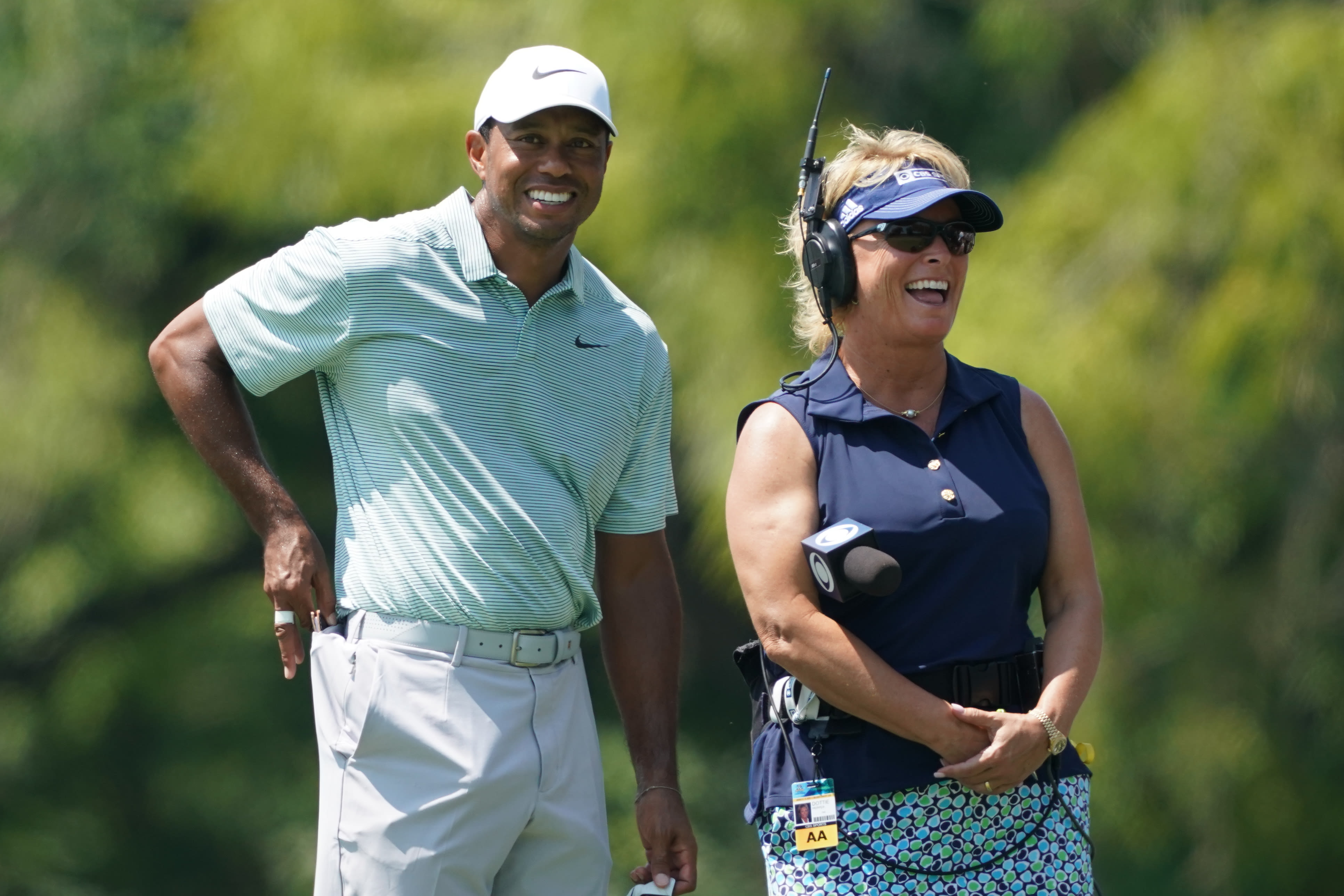
In her book, "Letters to a Future Champion: My Time with Mr. Pulver," published in 2021, Pepper spoke on her upbringing in the game and her deep-rooted relationship with her childhood coach, PGA Professional George Pulver. The book has been rightfully coined as a loving tribute to the power a mentor can have on an athlete's career.
Pulver was also the one who introduced Pepper to the interesting facets behind golf course design, and its led to her having a deep appreciation for the work that goes into to bringing a golf course to life.
I recently caught up with Dottie to learn more about her golf course architecture passion, who some of her favorite architects are, and what courses are among her favorites.
How did your affinity for course architecture develop?
Dottie Pepper: My affinity for golf course architecture was seeded by my beloved PGA Professional and founding member of the Northeastern New York PGA Section, George Pulver. He was a teacher, clubmaker, agronomist, and golf course architect— an overall student of the game and subject of my book, “Letters to a Future Champion: My Time with Mr. Pulver."
Who is your favorite architect?
Pepper: Donald Ross has always stood out for me, but over time, I’ve grown to love the work of other architects. Ross did so much while moving so little land and working with the natural terrain — a gift and a mandate given the time he did completed most of his work. He also was magnificent at using the soil in the area to dictate shots — for example, the sand allowing run-up shots with the natural base in the Pinehurst area, but more aerial in the rocky, tumbling soil and terrain of the Northeast. I’m also a huge fan of A.W. Tillinghast, Alister MacKenzie and Marion Hollins, and really enjoy the modern work of Gil Hanse, Bruce Hepner and Kye Goalby, too.
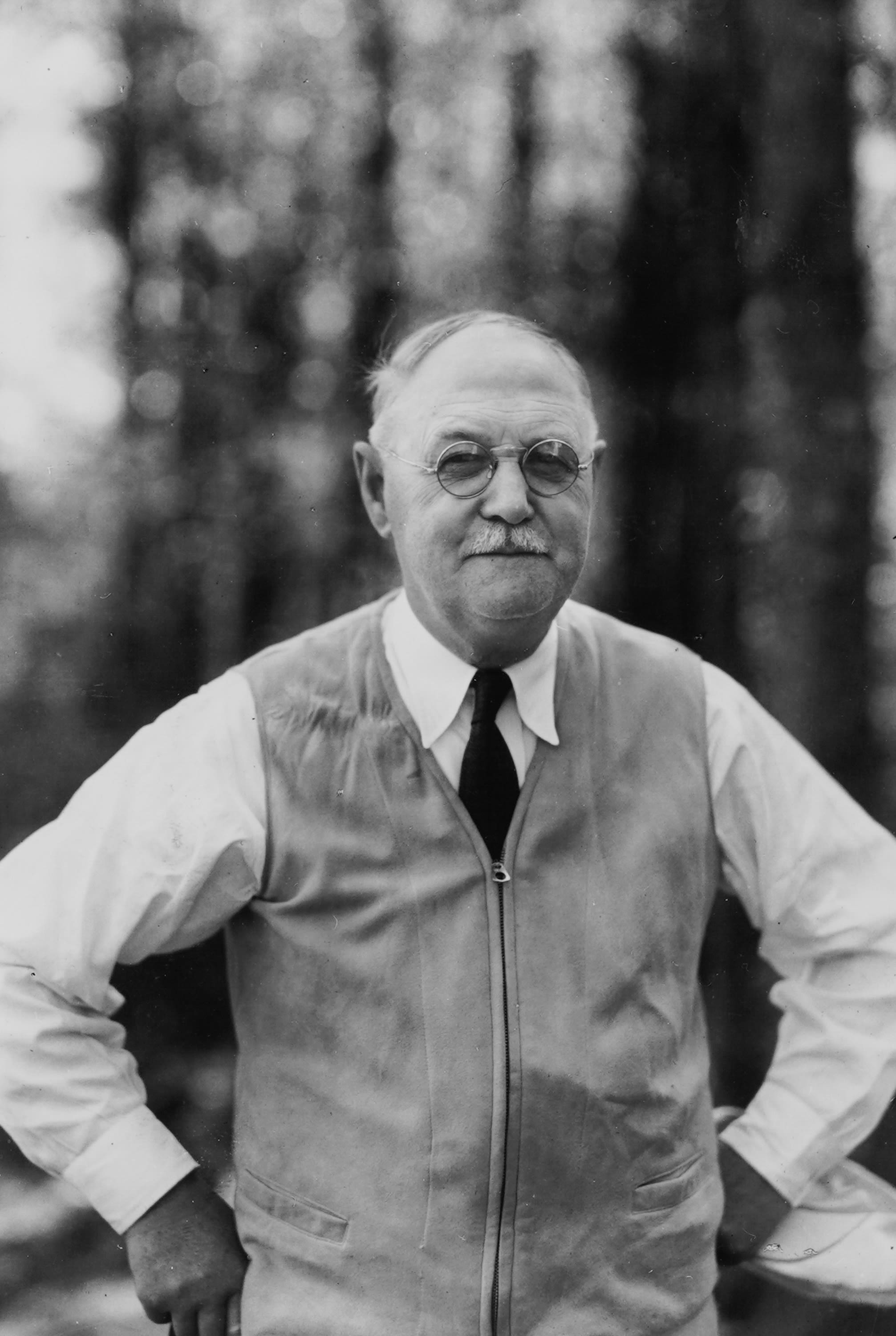
Donald Ross.
What are few course designs you’ve always appreciated, and why?
Pepper: If I had one round left to play it would be at Salem Country Club in Peabody, Massachusetts — a classic Northeastern Ross with natural movement over the land, using rock outcroppings and elevation change for great interest and strategy in shotmaking. It’s also the site of my first U.S. Women’s Open in 1984, an event that changed the trajectory of my amateur career and beyond. Other favorites would be Muirfield in Scotland, Gulf Stream in Delray Beach, Florida (prior to the latest Dye work), Cypress Point – a MacKenzie and Hollins special – Somerset Hills in New Jersey, Royal Melbourne in Australia – another MacKenzie gem – and Rye Golf Club in England.
What are hole designs stand out to you?
Pepper: I’m a fan of holes that demand more strategy than brute strength; angles rather than power.
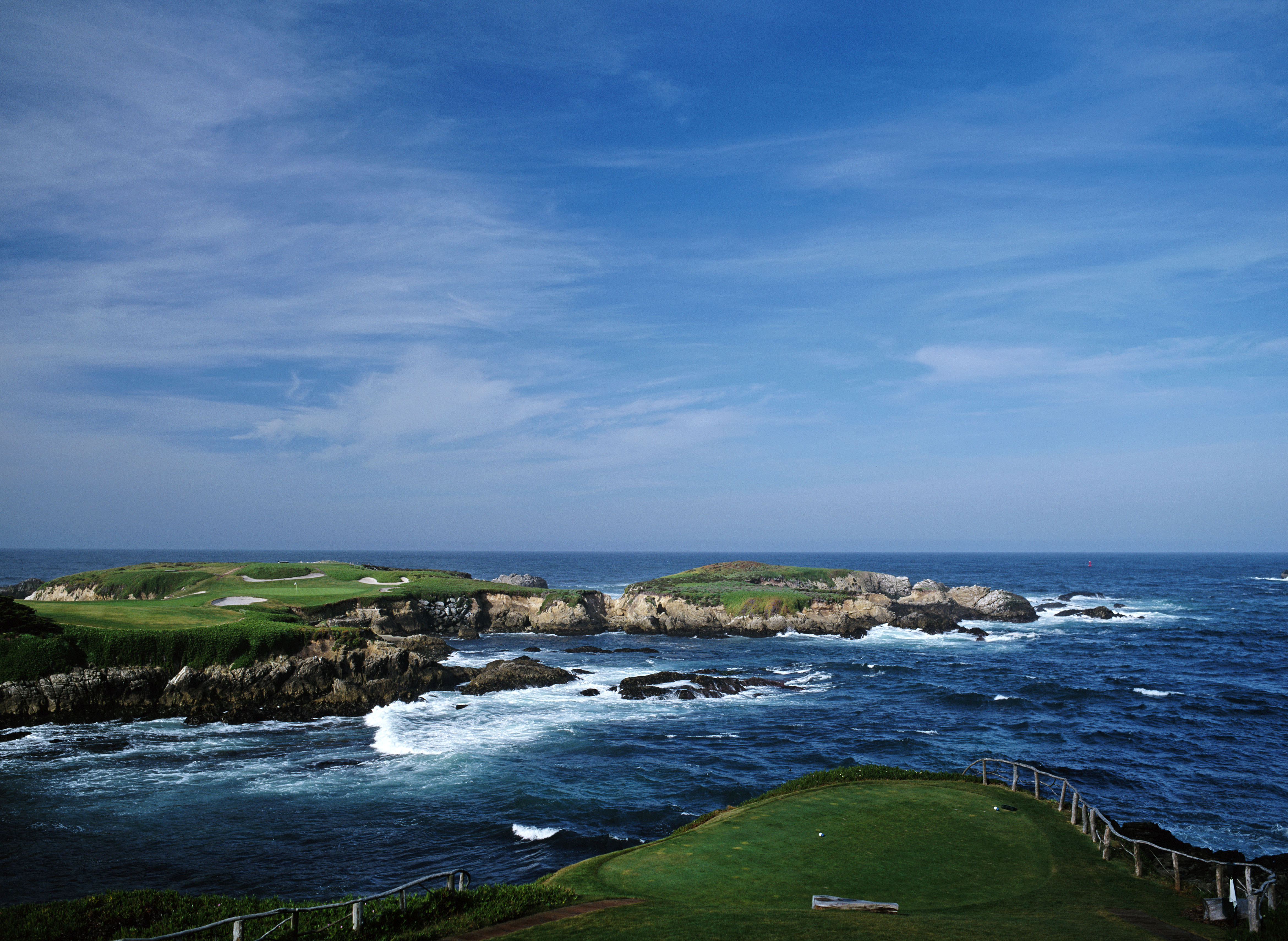
The 16th hole at Cypress Point. (David Cannon/Getty Images)
Your home track growing up in upstate New York was a design by Devereux Emmet. What are some features of McGregor Links that make it special?
Pepper: McGregor Links stands out because it’s a course that simply made me a better player every time I put a tee in the ground. The start is a soft par 5 and the finishing hole is a very tricky par 3 partially surrounded by sand to a platform green. Throughout the course, there’s sandy soil with fescue, some wide open holes, others meandering through trees, some long par 3s, and a short postage stamp design. McGregor demanded shots in the air and on the ground to get around in a good score, plus some imagination and patience – like all well-designed courses do.
